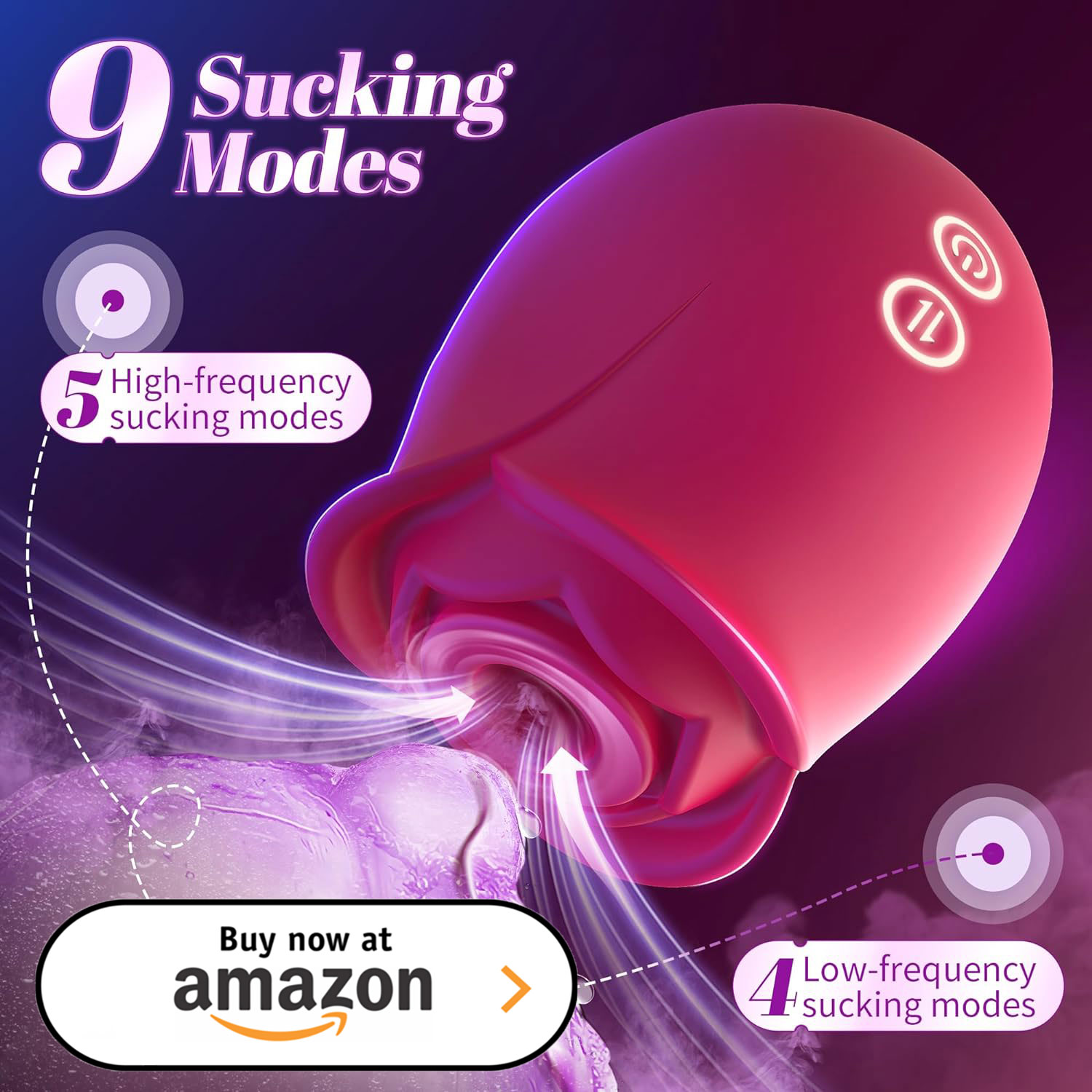How do rechargeable vibrators compare to non-rechargeable ones?
When choosing between rechargeable and non-rechargeable vibrators, there are several important factors to consider, including convenience, environmental impact, performance, and overall user experience. Each type has its pros and cons, and understanding these differences can help users make an informed decision based on their preferences and lifestyle. Here’s a comprehensive comparison of rechargeable vibrators and non-rechargeable ones.
1. Power Source and Convenience
Rechargeable Vibrators
- Power Source: Rechargeable vibrators are equipped with built-in batteries that can be charged via USB or other charging methods (like charging docks).
- Convenience:
- No Need for Batteries: Users don’t need to buy and replace batteries frequently, which can be more convenient in the long run.
- Quick Charging: Many rechargeable models offer quick charging options, allowing for immediate use after a brief charging session.
- Travel-Friendly: Often come with USB chargers, making them easier to charge on the go, especially when traveling.
Non-Rechargeable Vibrators
- Power Source: These vibrators rely on disposable batteries (AA, AAA, or specialized batteries) for power.
- Convenience:
- Readily Available: Batteries are widely available, so users can easily replace them when needed.
- Initial Cost: Typically less expensive upfront, but costs can add up over time if using batteries frequently.
- Limited Charging Options: Once the batteries run out, users need to have replacements on hand, which can be less convenient.
2. Environmental Impact
Rechargeable Vibrators
- Eco-Friendly: Rechargeable options tend to be more environmentally friendly because they reduce the need for disposable batteries, which can contribute to landfill waste.
- Longevity: Many rechargeable vibrators are designed to last longer, meaning fewer replacements and less overall waste.
Non-Rechargeable Vibrators
- Battery Waste: Using disposable batteries contributes to environmental waste, as they need to be discarded after use.
- Single-Use Impacts: The need for frequent battery replacements can lead to increased waste and energy consumption over time.
3. Performance and Power
Rechargeable Vibrators
- Consistent Power: Rechargeable models often provide more consistent power and performance, as they can be designed to handle higher-quality motors without worrying about battery drain.
- Variety of Settings: Many rechargeable vibrators come with multiple vibration patterns and intensities, enhancing user experience.
- Performance Degradation: Over time, battery life may degrade, but most high-quality models maintain performance for several years.
Non-Rechargeable Vibrators
- Power Variability: Performance can diminish as batteries drain, leading to weaker vibrations over time.
- Limited Features: Many non-rechargeable options may offer fewer settings and lower power compared to rechargeable models, impacting user satisfaction.
- Battery Quality: The type and quality of batteries used can significantly affect performance, requiring users to invest in high-quality batteries for optimal use.
4. Cost Considerations
Rechargeable Vibrators
- Initial Investment: Typically, rechargeable vibrators have a higher upfront cost due to the technology and materials used.
- Long-Term Savings: Users save money over time by not having to purchase batteries regularly, potentially offsetting the initial investment.
Non-Rechargeable Vibrators
- Lower Initial Cost: These models usually cost less upfront, making them more accessible for budget-conscious users.
- Ongoing Battery Costs: Regularly replacing batteries can add up over time, leading to higher overall costs in the long run.
5. User Experience and Maintenance
Rechargeable Vibrators
- Ease of Use: Many rechargeable vibrators feature intuitive controls and design, enhancing user experience.
- Maintenance: Generally easy to clean and maintain; users need to ensure the charging port is kept clean and dry to avoid damage.
Non-Rechargeable Vibrators
- Ease of Use: Often simple and straightforward to use, but the need to manage battery life can be inconvenient.
- Maintenance: Requires battery replacement, which can be seen as a hassle, especially if it runs out unexpectedly during use.
Conclusion
When deciding between rechargeable and non-rechargeable vibrators, users should consider their preferences regarding convenience, environmental impact, performance, cost, and overall user experience. Rechargeable vibrators tend to offer better performance, convenience, and eco-friendliness in the long term, while non-rechargeable options may appeal to those seeking a lower upfront cost and straightforward use.
Ultimately, the choice will depend on individual needs, lifestyle, and how often the user plans to use the vibrator. For frequent users or those looking for long-term satisfaction, a rechargeable option may be the best choice. Conversely, for occasional use or for those on a tighter budget, a non-rechargeable vibrator could suffice. Exploring user reviews and product specifications can also provide valuable insights into which type might be the best fit.

